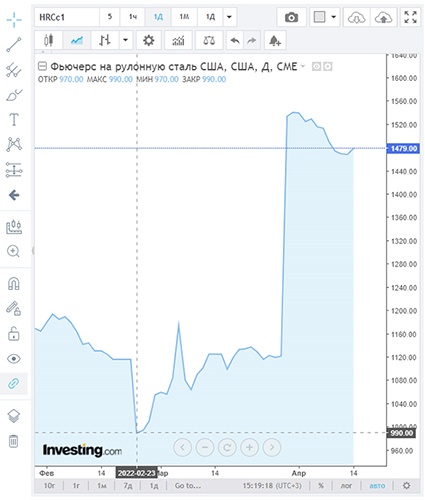
Rolls worth their weight in gold...
Belt drives used in modern vehicles must withstand the ever-increasing stresses that result from operating in increasingly stressed drive units. Not surprisingly, manufacturers of their components are trying to adapt them to the conditions of use, both in terms of performance and durability. One of the components that determine the correct operation of the belt drive are the idler and idler rollers.

Where is it mounted?
As already mentioned, two types of rollers are used in belt drives: tension and guides. They are installed both in gas distribution systems and in drive systems of engine units. The most important task of the idler and intermediate pulleys is the optimal belt direction (phasing or belt operation) in all drive modes and its optimal location on adjacent pulleys. High-quality idler and idler rollers must also minimize the noise of the ground drive system, and on the other hand, meet the highest requirements for durability and reliability. Thus, the correct functioning of the guide and guide rollers depends on their design and the material from which they are made.
Single breasted or double breasted
Single row ball bearings are used in idler pulleys and idler pulleys from well-known manufacturers. The latter are filled at the factory with high-quality grease adapted to work at high temperatures. In the most difficult conditions, double row ball bearings are installed inside the rollers. Their housings use special seals to keep grease from leaking out of the rollers during operation. Depending on the application, the rollers can have a polyamide surface reinforced with glass fiber or a steel surface with an anti-corrosion coating. According to experts, in terms of durability, both types of rollers perfectly fulfill their role, being a permanent element of belt drives. Increasingly, however, polyamide rollers with fiberglass are used in such systems. Why? The answer is simple: they are lighter than traditional steel ones, which reduces the weight of the entire system.
With the right voltage
These three words are the essence of the proper functioning of belt drives. Their trouble-free operation depends on the correct belt tension. Poor tension will usually cause the belt to slip on the sprockets, leading to severe engine failure due to the valves colliding with the pistons. It should also be remembered that the belt tends to stretch with everyday use. Its instantaneous length is also affected by temperature differences. Considering all these conditions, the manufacturers of the latest generation of tensioners and tensioners offer the possibility of adjusting them depending on the changing length of the belt. However, this does not mean that you no longer need to check the rollers when checking the condition of the belt. The tensioner pulley should be checked in parallel with the belt tension and adjusted if necessary. Fortunately, automatic belt tensioners solve the problem of proper belt tension. The set of springs used in them ensures the correct tension throughout the entire service life. Automatic belt tension correction is adapted both to the current loads of the entire system and to changing temperatures. Automatic tensioners have another indisputable advantage: thanks to their use, harmful vibrations that accompany the operation of the belt drive are suppressed. As a result, the durability of the entire system is increased while reducing noise.


